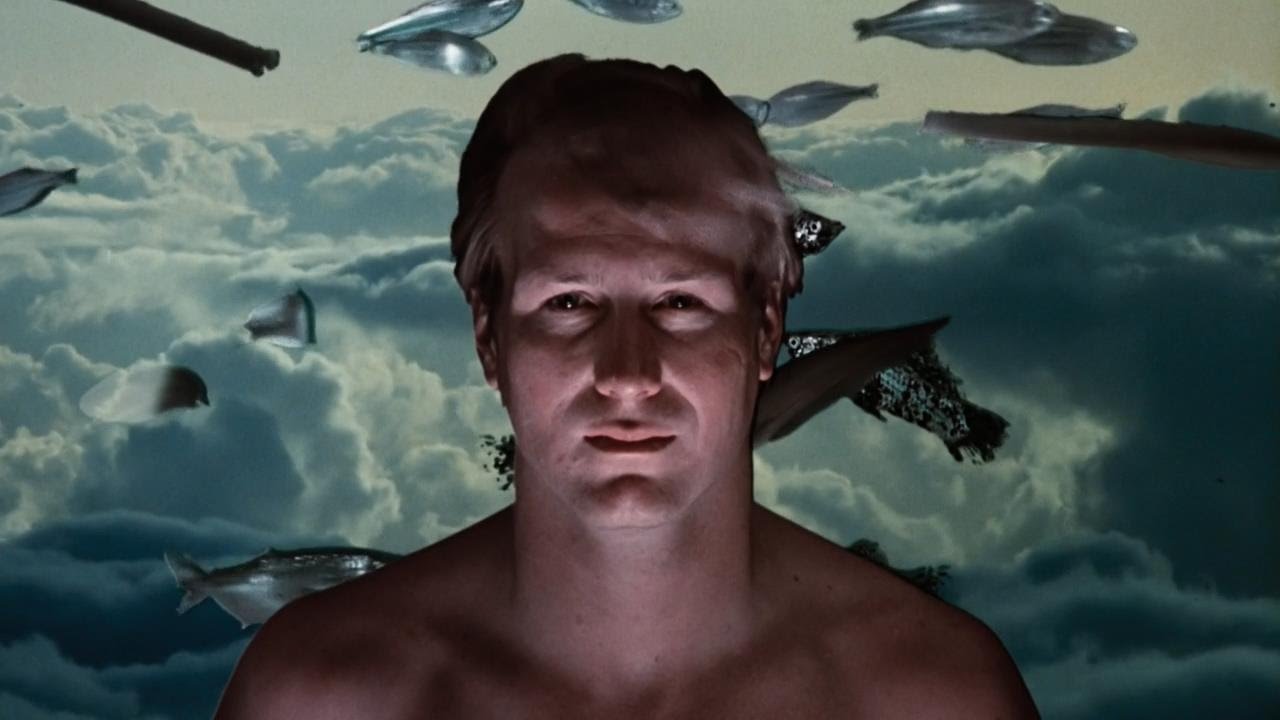
Influenced by the visionary works of writers H.G. Wells and Jules Verne, science fiction films are both a prediction of future innovation as well as a speculation of current societal anxieties. They often feature fantastical storylines complete with alien invasion, mystical worlds, and dystopian civilizations.
With tales of grand heroes and corrupt leaders, they incidentally help us understand human nature and the direction in which we are progressing. The diverse range of circumstances explored — malfunctioning artificial intelligence, the horrific results of man-made viruses, deformed monsters created by nuclear warfare, and more — demonstrates the extensive scope of science fiction cinema.
The first sci-fi film, A Trip to the Moon (1902) directed by Georges Melies, served as a precedent for the genre with its creative practical effects, imaginative narrative, and celestial imagery. Alongside movements such as German Expressionism, science fiction cinema progressed with films such as Homunculus (1916) and Metropolis (1927). More and more, it reflected society’s outlook on the changes and developments that were occurring.
On the brink of World War I in the 1920s, films encapsulated increasing fears towards technology and the horror of war. During the 50s, the golden age of science fiction ushered in a newfound interest in space travel, evident in Destination Moon (1950) and When World Collide (1951).
In the aftermath of World War II, concerns about the atomic bomb and nuclear warfare resulted in the creation of the mutant monster subgenre, which included iconic films such as Gojira (1954) and Creature from the Black Lagoon (1954). 2001: A Space Odyssey (1968) and other films of the 60s adhered to the tensions of the Cold War and the subsequent advancements made in the space race.
The following decades saw more groundbreaking concepts, such as virtual reality and artificial intelligence, that continuously inform modern day conjectures. Though the aforementioned classics are commonly discussed and their significance widely known, there are many equally great films that have influences equally pervasive — in the following list, we discuss some of these hidden gems of science fiction along with their lasting impact.
1. The Quatermass Xperiment (1955)
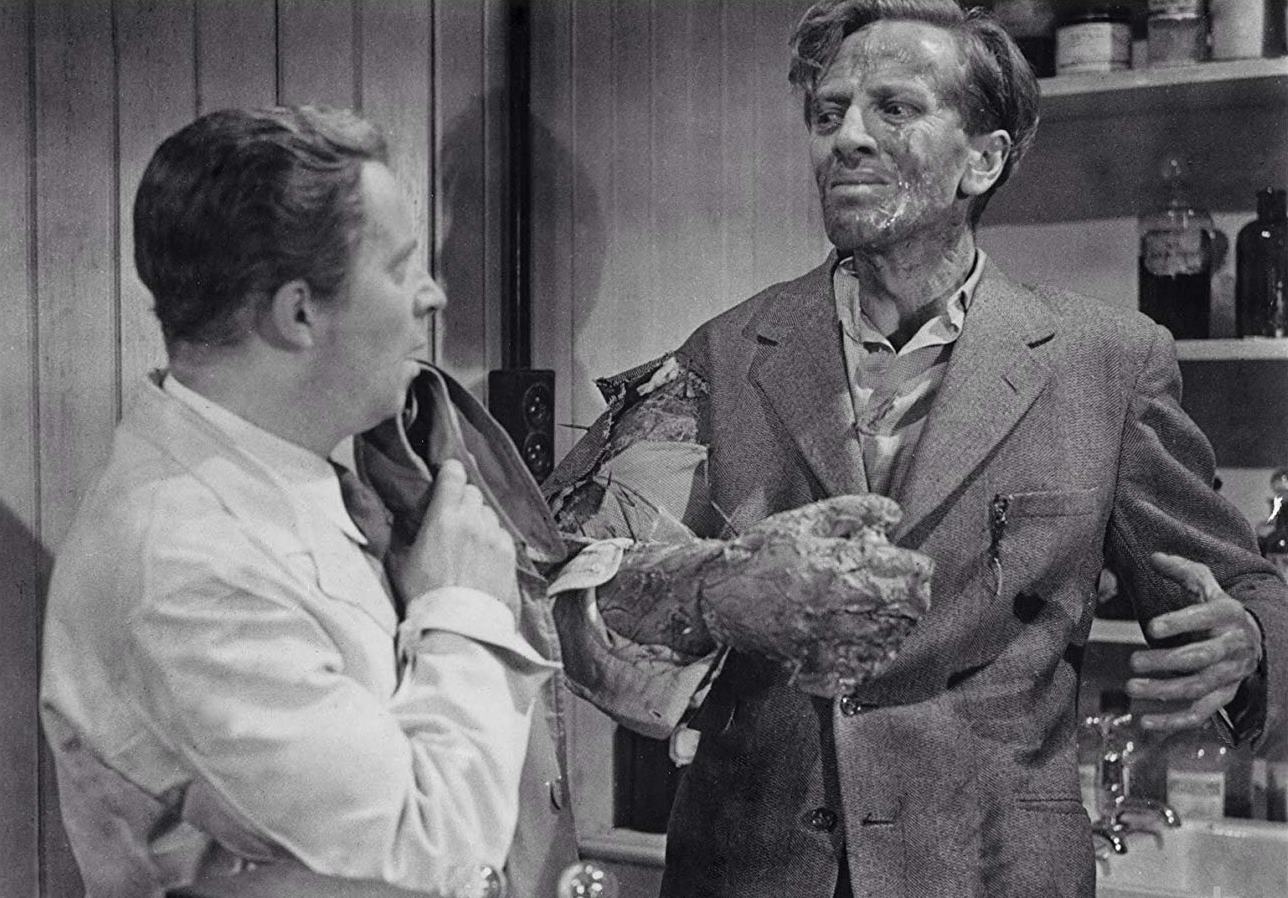
Based on a 1953 BBC Television Broadcast written by British horror screenwriter Nigel Kneale, The Quatermass Xperiment details a mission gone wrong. Combining the interstellar travel fascination and mutant monster subgenre of the decade, it tells the story of three astronauts who journey into space in a rocket designed by Professor Quatermass.
However, the spacecraft loses contact with the scientists and returns with only one of the three individuals it had departed with. Soon, the surviving astronaut, having been infected by an alien organism, begins to transform into a horrific creature. When it escapes custody, the professor must find and destroy it before it annihilates humanity for good.
Directed by Val Guest, The Quatermass Xperiment marked the beginning of Guest’s career in science-fiction horror cinema. The masterful acting has also been praised, especially Richard Wordsworth’s performance as the possessed astronaut. In fact, at the time of its release, the film was so successful that it garnered the attention of the United Artists Studio and spawned several sequels and miniseries.
Additionally, it inspired various copycats in British cinema, none of which were as successful. Throughout the years, it has been a major influence for other classics, especially those concerning mankind’s capacity to manifest an entity more powerful than they can manage. Both John Carpenter and Stephen King have praised The Quatermass Xperiment among their favorite science-fiction horror films of all time, further cementing it as a must-see for fans of the genre.
2. Ikarie XB-1 (1963)
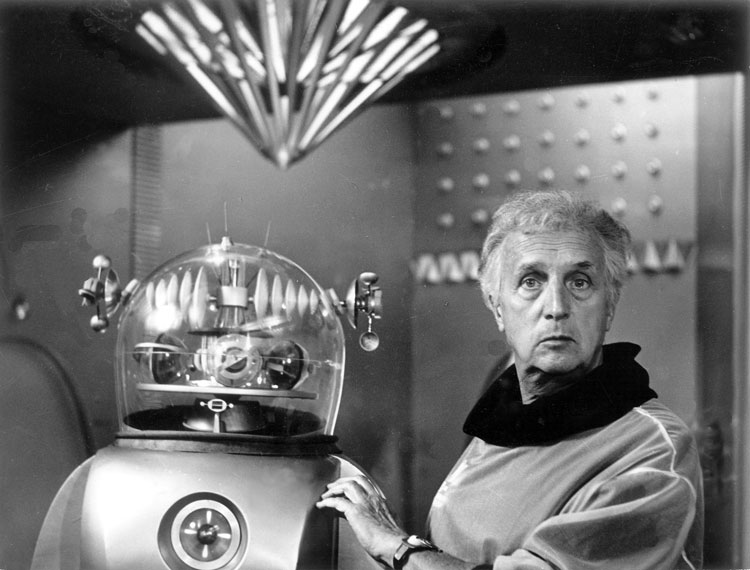
Ikarie XB-1 or Voyage to the End of the Universe is a Czechoslovakian film based on the novel The Metallic Cloud by Stanislaw Lem. In the year 2163, the spacecraft Ikarie XB-1 is sent on a mission to the uncharted “White Planet”.
Though the journey only takes 28 months for the astronauts, fifteen years have actually elapsed on Earth by the time they even reach the planet. As they delve further into their expedition, they begin to experience the hazardous effects of space — including the confrontations with nuclear weapons, radioactive stars, and emotional trauma.
Ikarie XB-1 is often referred to as the bridge between the lighthearted exploration science-fiction of the 50s and the darker, foreboding films of the late 60s. With impressive special effects, intricate production design, and advanced writing, it is considered one of the best Eastern Bloc science fiction films of the time.
Considered to be a precursor to 2001: A Space Odyssey, it contains many of the same elements with its striking imagery and existential contemplations. Ultimately, Ikarie XB-1 is not only one an interesting look into the history of space exploration, but also an incredibly personal story showing the impact of it on humanity.
3. Dark Star (1974)
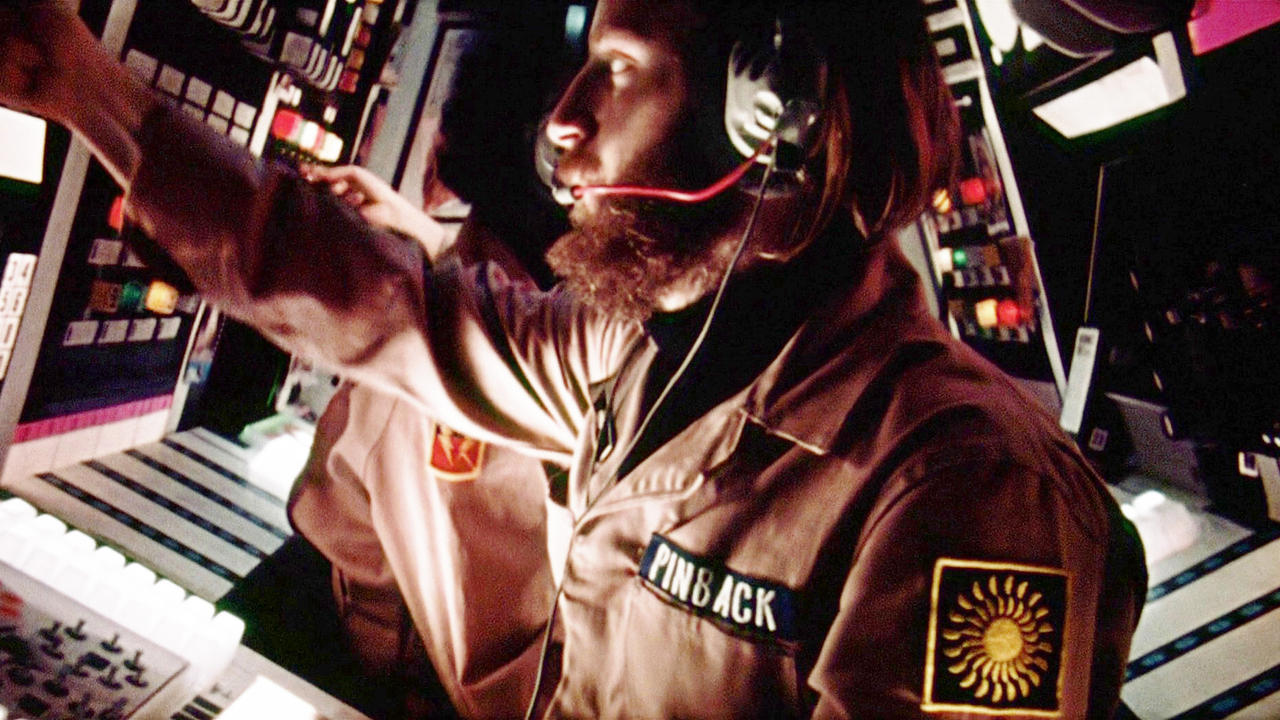
Directed by John Carpenter, Dark Star is one of the lesser known films from the masterful filmmaker. As its production began while Carpenter was still a student at USC, it is considered well developed for its low budget nature. The film details the adventures of a group of scientists aboard the starship Dark Star who must eradicate dangerous planets before they destroy the rest of the universe. What ensues is a hilarious and self-aware satire of other science fiction releases of the decade.
Dark Star was the directorial debut for both John Carpenter and Dan O’Bannon. While it was received well at Filmex, it did not bode as well in its theatrical release. Carpenter and O’Bannon themselves recalled empty theatres and audience members misconstruing satirical elements — it was only during the home video resurgence of the 80s that the film became the “cult classic” it is known as today. Despite its limited resources and budget, Dark Star is a wildly entertaining yet sincere work from filmmakers whose genuine passion for science fiction and cinema is evident throughout.
4. A Boy and His Dog (1975)
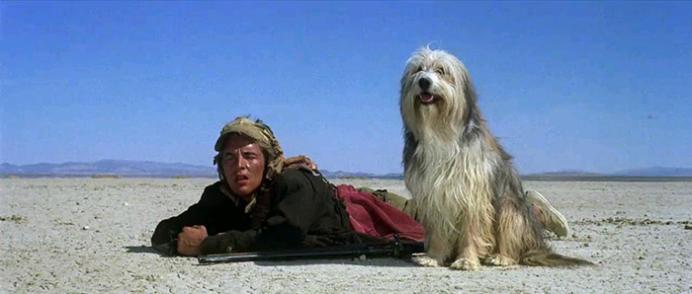
Continuing the trend of genre blending, A Boy and His Dog is a comedy science fiction thriller directed by L.Q. Jones. In the year 2024 in post-nuclear war America, an 18-year-old boy named Vic and his telepathic dog, Blood, travel the land to find resources for survival.
The new system that has developed forces individuals to fight for food, shelter, and sex. The film illustrates the meandering lifestyle of Vic and Blood, as they form and subsequently toss aside various relationships in favor of succeeding in the barren wasteland.
While debated by critics, A Boy and His Dog is influential in its own right. Not only did it provide the basis for the post-apocalyptic genre of science fiction, but it was also the inspiration for works in other mediums, such as the video game series Fallout.
Though the raunchiness of the film and the bizarre storyline have been criticized, the film is undeniably entertaining and daring, and the performance Don Johnson gives as Vic is a sight to see. As Roger Ebert wrote, A Boy and His Dog is “a sort of wacky success” and a key point in understanding the satirical science fiction cinema of the 70s.
5. G.I. Samurai (1979)
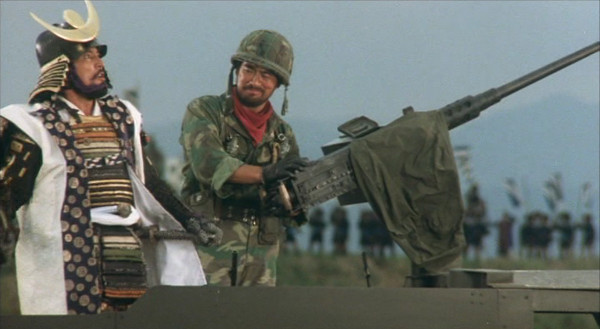
In this Japanese film directed by Kosei Saito, a group of Japanese Ground Self-Defense Force soldiers travel back in time to the period of warring states — when clans of samurai were fighting to become the reigning Shogun.
As they navigate through the circumstances, they discover both the horrors of war and dangers of technology. Despite the fantastical storyline, it reveals heavy and grim truths about both Japanese history and society today. Starring Sonny Chiba, one of the most well-known Japanese actors of all time, G.I. Samurai is the perfect coupling of a common science-fiction trope and large-scale war epic.
Though the concepts in G.I. Samurai are simple, its execution is interesting and unique. Some notable elements include the action sequences, especially the 25-minute battle sequence featuring war helicopters, hordes of extras, and unbelievable stunts. In addition, the film confronts the darkness of human nature, as the modern soldiers devolve into mindless killing machines when not forced to confront the repercussions of their actions.
G.I. Samurai, which features real life characters and events, is a captivating and immersive account of Japanese history with a science fiction twist that only adds to its singularity.